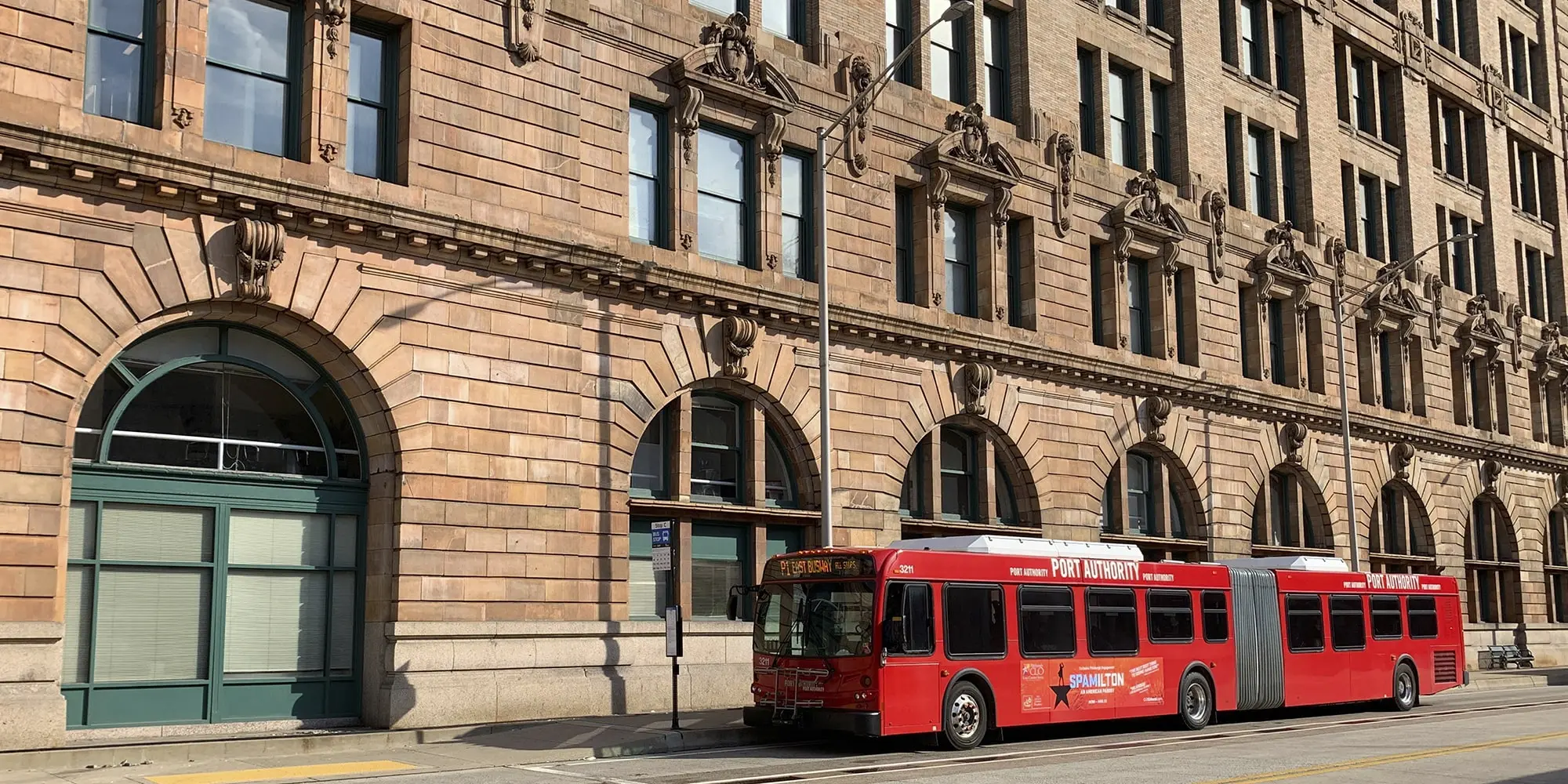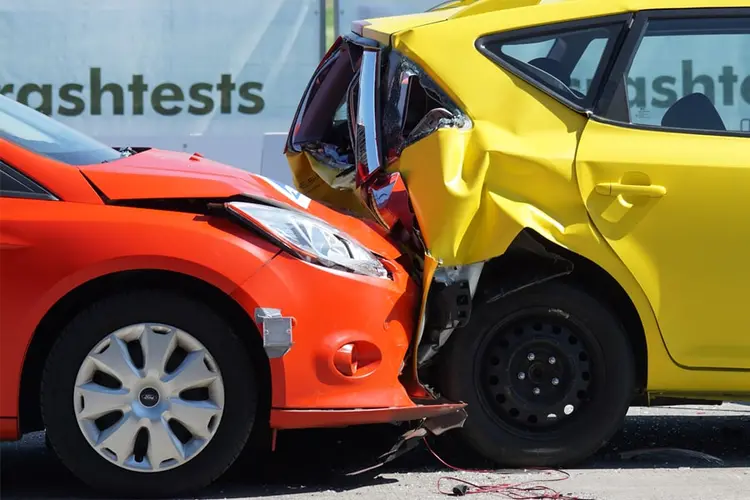
Transit Inequity Increased During Pandemic
Preliminary results from a study of Allegheny County's public busses finds transit inequity directly contributes to higher infection rates among members of low income and ethnic minority groups
Media Inquiries
For many essential workers, public transit provides a vital connection to their workplace in a world otherwise on lockdown. Yet the risk of infection for these workers, who are more likely to be from a low income or ethnic minority group, has been given limited consideration.
Corey Harper(opens in new window) and Destenie Nock(opens in new window), assistant professors of civil and environmental engineering, along with Lily Hanig(opens in new window), a Ph.D. student in engineering and public policy, have shared preliminary results from a new study conducted using data from the Port Authority of Allegheny County(opens in new window). Their research showed that 4% of COVID-19 cases in the county were contracted on the bus or directly from a bus rider. More than half of these infections resulted from trips where busses were overcrowded beyond COVID-19 guidelines, an issue that the authors explored combatting by testing several possible mitigation policies.
When the pandemic hit the US, most people who could stay home chose to do so, as illustrated by the 80% drop in Port Authority ridership. However, for those without the benefit of alternative transport or staying home, the choice was often non-existent. People from a low-income group or ethnic minority disproportionately make up the essential workers deemed too important to stay home, forcing many to balance the risk of fatal illness against financial insecurity in a lose-lose calculation. People from these groups are also more likely to be found living clustered in the same areas and along the same bus lines.
Many public transit agencies, including Port Authority, have set passenger limits for busses to promote distancing. However, this leaves bus drivers who have met their capacity with a difficult choice: let more passengers on and increase everyone's risk of infection, or leave behind passengers who are likely on their way to fulfill an essential role. Facing such challenging circumstances, 12% of Port Authority trips from April to September of 2020 were over capacity.
These factors help create inequities in public transit that give individuals from low-income or ethnic minority groups less access to reliable transportation and place them at considerably greater risk of contracting COVID than their high-income or white counterparts. Nock and co-authors found that bus stops in the lowest earning areas of Allegheny County were about twice as crowded as those in the highest earning areas during that six-month period.
Having shown how economic and ethnic disparities fuel transit inequity, the team set about testing the effectiveness of crowding mitigation efforts to prevent similar discrimination when responding to future public health crises. While adding more busses would help meet any unmet demand from overcrowding, this option is very costly due to the need to hire an extra driver to fulfill these trips. However, they did identify two measures that would likely lower transmission rates on public transit, at much lower costs: dispatch longer, articulated busses instead of shorter ones, and supplement bussing by dispatching autonomous vehicles (AVs) to collect passengers skipped by busses that were at their capacity limit.
Articulated busses have multiple rigid passenger sections joined by a flexible, accordion-like joint that measures around 60 feet in length, rather than the more common 40 foot. More room for passengers means less risk of crowding. AVs could similarly be used to allow bus drivers to enforce capacity limits with the comfort of knowing that skipped passengers would still reach their destination, while AV passengers would be free of any risk from human contact.
Researchers found that both longer busses and AVs were similarly cost-effective, though their effectiveness changed under different conditions. While longer busses are most cost-effective under current circumstances and were increasingly dispatched by Port Authority during the pandemic, as ridership and infection rates increased, AVs outpaced articulated busses in potential for safety and cost-efficiency. Harper, Hanig and Nock's work shows that policies for confronting overcrowding in public transit during a public health crisis like COVID-19 are paramount for preventing the deepening of economic and ethnic inequities in public transit.
Corey Harper
Destenie Nock
Lily Hanig
— Related Content —

Study Finds Big Benefits in Embracing Vehicle Safety Tech

Electricity for All



